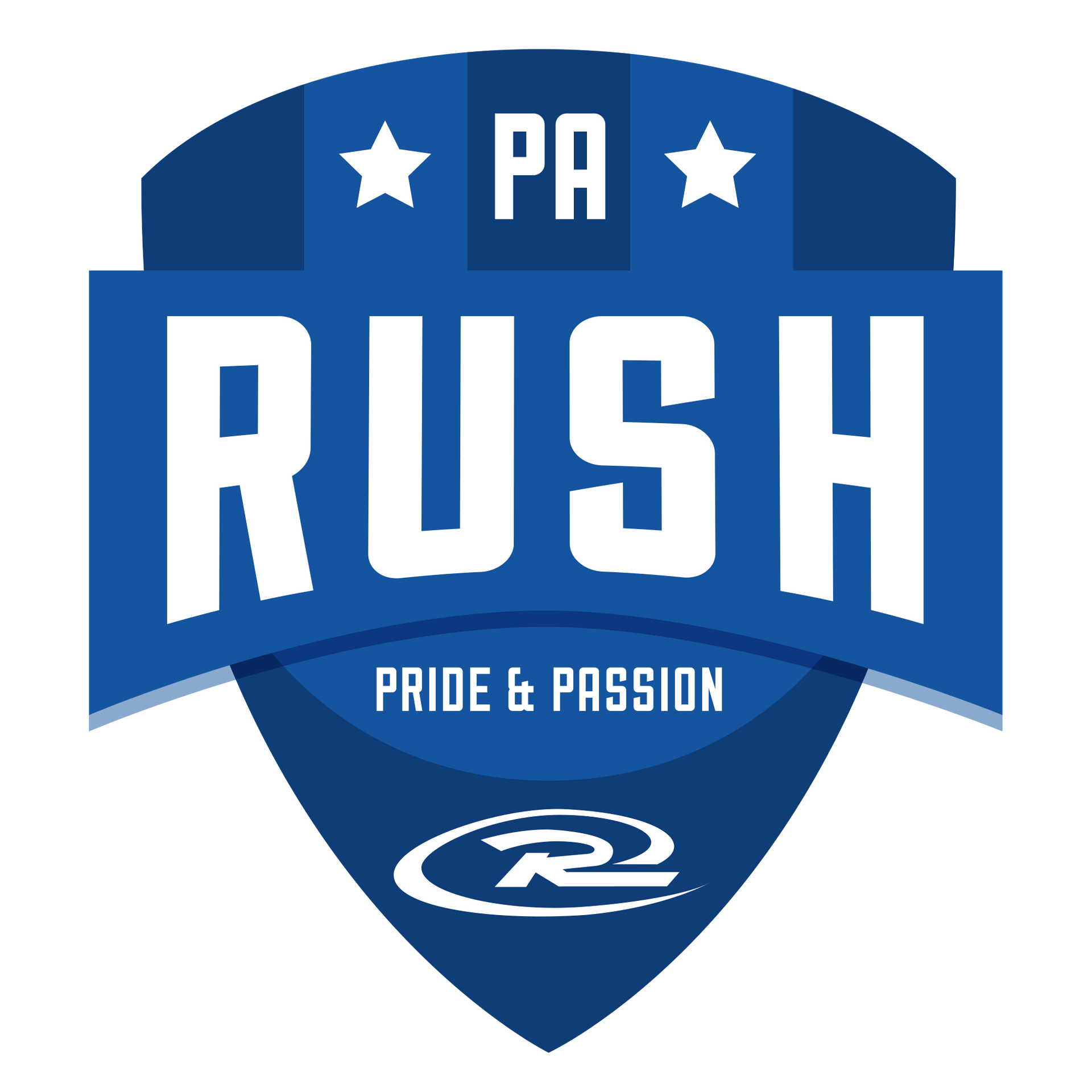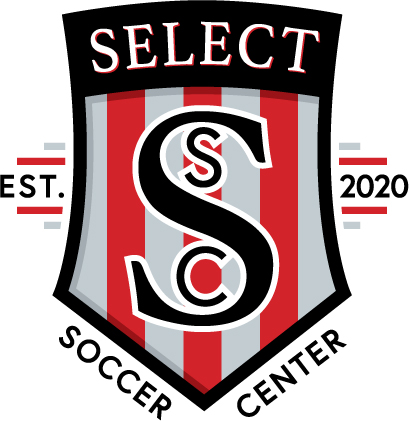#PennsylvaniaRush
Academic Eligibility
NCAA Academic Requirements
Because intercollegiate athletics is part of the fabric of the university, student-athletes must be committed to academic achievement and the pursuit of a degree.
Student-athletes must meet academic standards throughout their careers on campus to remain eligible to participate in intercollegiate athletics. Member institutions in each division create academic standards specific to that division’s goals.
In Division I, student-athletes must complete 40 percent of the coursework required for a degree by the end of their second year. They must complete 60 percent by the end of their third year and 80 percent by the end of their fourth year. Student-athletes are allowed five years to graduate while receiving athletically related financial aid. All Division I student-athletes must earn at least six credit hours each term to be eligible for the following term and must meet minimum grade-point average requirements that are related to an institution’s own GPA standards for graduation.
Teams in Division I are also subject to the Academic Progress Rate (APR), a standard that measures a team’s academic progress by assigning points to each individual student-athlete for eligibility and retention/graduation.
In Division II, student-athletes must complete 24 hours of degree credit each academic year to remain eligible for competition. At least 18 of those hours must be earned between the start of fall classes and spring commencement at a student-athlete’s institution (six hours may be earned in the summer). All Division II student-athletes also must earn at least six credit hours each full-time term to be eligible for the following term.
In addition, Division II student-athletes must earn a 1.8 cumulative grade-point average after earning 24 hours, a 1.9 cumulative grade-point average after earning 48 hours and a 2.0 cumulative grade-point average after earning 72 hours to remain eligible. Student-athletes are given 10 semesters of full-time enrollment in which to use their four seasons of competition, provided they maintain academic eligibility.
Division II student-athletes must complete their four seasons of competition within the first 10 semesters or 15 quarters of full-time enrollment.
While there are no minimum national standards for establishing or maintaining eligibility in III, student-athletes in that division must be in good academic standing and make satisfactory progress toward a degree as determined by the institution.
Division III student-athletes must be enrolled in at least 12 semester or quarter hours, regardless of an institution’s own definition of “full time.”
Institutions in all divisions must determine and certify the academic eligibility of each student-athlete who represents the school on the field of play. Institutions are responsible for withholding academically ineligible student-athletes from competition.
Waivers are available for many of these rules, including progress-toward-degree standards.
Student-athletes who are declared academically ineligible must use the student-athlete reinstatement process to be restored to competition.
FAQ
Why do academic standards vary among divisions?
NCAA member institutions choose to affiliate with the division that most closely reflects that institution’s values and mission. Just as each institution has unique characteristics that attract different kinds of students, each NCAA division is distinctive and has its own requirements.
Why are Division I and II student-athletes required to complete a certain percentage of their degree each year?
One of the main goals of the NCAA is to integrate athletics with academics. With that in mind, the memberships in Divisions I and II have approved eligibility standards intended to maximize graduation rates while minimizing disparate effects on economically disadvantaged groups. The Division I standards currently in place (both percentage-of-degree requirements and the minimum grade-point average standards) are supported by data that show student-athletes who are most likely to graduate will in fact meet these standards.
What are the Division I grade-point average requirements to remain eligible?
Student-athletes must achieve 90 percent of the institution’s minimum overall grade-point average necessary to graduate (for example, 1.8) by the beginning of year two, 95 percent of the minimum GPA (1.9) by year three and 100 percent (2.0) by year four.
What are Division II grade-point average requirements to remain eligible?
Based on a 4.0 scale, Division II student-athletes must earn a 1.8 GPA after 24 semester or 36 quarter hours, a 1.9 GPA after 48 semester or 72 quarter hours and a 2.0 GPA after both 72 semester or 108 quarter hours and 96 semester or 144 quarter hours.
Division I Initial-Eligibility Toolkit
To participate in Division I athletics or receive an athletics scholarship during the first year of college, a student-athlete must:
- Complete the 16 core-course requirement in eight semesters:Earn a minimum required grade-point average in core courses
- 4 years of English
- 3 years of math (Algebra 1 or higher)
- 2 years of natural or physical science (including one year of lab science if offered by the high school)
- 1 extra year of English, math or natural or physical science
- 2 years of social science
- 4 years of extra core courses (from any category above, or foreign language, non-doctrinal religion or philosophy)Earn a combined SAT or ACT sum score that matches the core course grade-point average and test-score sliding scale. (For example, a 3.000 core-course grade-point average needs at least a 620 SAT).
Student-athletes enrolling in college in August 2016 and later must meet all of the above requirements to receive aid in the first year and practice in the first term. In order to compete in the first year, prospects must meet all of the above and:
- Earn at least a 2.3 GPA in core courses
- Meet an increased sliding-scale standard
- Complete 10 core-courses prior to the start of the seventh semester, at least seven in English, math and science.
If a student-athlete earns nine credits in the first term, he or she can continue to practice the remainder of the year. If not, he or she can remain on aid but can’t practice.
Amateurism Eligibility
All incoming student-athletes must be certified as an amateur student-athlete. With global recruiting becoming more common, determining the amateur status of college-bound student-athletes can be challenging. All college-bound student-athletes, including international students, need to adhere to NCAA amateurism requirements in order to preserve their eligibility for NCAA intercollegiate athletics.
Certification process
All college-bound student-athletes must have an academic and amateurism certification from the NCAA Eligibility Center .
The online registration process that must be completed by all future Division I and II college-bound student-athletes includes a questionnaire relating to the individual’s amateur status.
For the staff at the NCAA Eligibility Center to certify amateur status, college-bound student-athletes must answer a questionnaire during registration.
The questionnaire covers the following pre-collegiate enrollment activities:
- Contracts with professional teams
- Salary for participating in athletics
- Prize money
- Play with professionals
- Tryouts, practice or competition with a professional team
- Benefits from an agent or prospective agent
- Agreement to be represented by an agent
- Delayed initial full-time collegiate enrollment to participate in organized sports competition
The Guide for the College-Bound Student-Athlete contains more detailed information about initial academic and amateurism eligibility.
NCAA Eligibility Center
The NCAA Eligibility Center is a part of the National Collegiate Athletic Association and was created to ensure that student athletes are prepared to meet the academic rigors of college. Each year nearly 200,000 student athletes have their GPA and test scores sent to the NCAA. The NCAA processes nearly 75,000 student athletes’ accounts.
You will not be eligible to play college sports or get an athletic scholarship from an NCAA school without registering and being cleared by the NCAA Eligibility Center.
You do not need to have all of your documents ready before you register with the NCAA. Before your high school sends an official copy of your transcripts to the NCAA, you need to have an account set up. If your high school or the SAT testing agency were to send your documents to the NCAA and you didn’t have an account the NCAA would disregard the documents and you would need to resend them.
How to register with the NCAA Eligibility Center
- Create an account on the website *Parents you can create an account for your child
- Pay $70 dollars ($120 for international students) *fee waivers are available to student athletes and you can talk to your high school counselor about how to do this once you have created an account.
- Have your high school counselors send official copies of your transcripts
- Have the appropriate testing agency send official copies of your SAT or ACT test scores
- Complete the amateurism questionnaire online
- When you graduate high school you need to request final certification and have you high school send your final transcripts and proof of graduation
- The Eligibility Center used to be called the NCAA Clearinghouse
How to recover your NCAA Eligibility Center password
In order to recover your password you will need to use the same email address you used to create the account. If you can’t remember the email address you used or the password, you can create a new account. Once you have done this and begin to enter the additional information, the system will recognize the duplicate info and you can recover your old account at that point.
The NCAA Eligibility Center’s Role in Your Recruiting and Athletic Scholarship
The NCAA is responsible for determining the academic eligibility of all student athletes at the DI or DII level. Without being cleared by the NCAA you will not be able to play college sports or receive an athletic scholarship.
Your ten digit NCAA ID number is your ticket to getting cleared by the NCAA. This ID number is used by coaches and universities to track your eligibility status and for tracking your official visits. Colleges that are recruiting you will submit their list of recruits to the NCAA on an “Institutional Request List” using the student athletes NCAA ID numbers. Your recruiting will be put on hold until you have an ID number.
You can get your NCAA ID number immediately after creating your account and paying your NCAA fee (you do not need to pay a fee if you will be submitting a fee waiver).
Registering with the NCAA before an Official Visit
If you are planning on taking an official visit to a university you will need to be registered with the NCAA Eligibility Center. Before a coach or college can invite you on an official visit they need to add your NCAA ten digit ID number to the IRL (Institutional Request List). You are only allowed 5 official visits and the NCAA uses your ID number to keep track of the number of visits each student has taken. If you need to get your ID number to take an official visit, follow the instructions on this page to create an NCAA Eligibility Center account.
When will I know if I am eligible?
You will not get your final eligibility status from the NCAA until you have graduated high school. The NCAA cannot determine your eligibility status before then, because they need all of your high school grades and proof of graduation.
If you are waiting for your eligibility status, it can take several weeks or even months after you have finished high school. To ensure you are in line to receive you final eligibility status, you need to request certification within your account (you do this online), have your high school send your final transcripts and proof of graduation and make sure the coaches recruiting you have included your ten digit ID number on their IRL. If you have done all of that, here is how the NCAA prioritizes student athletes waiting for their eligibility:
Athletes competing in fall sports are processed first, followed by winter and then spring sports.
Within each season, athletes are prioritized by the order in which the NCAA received your request for certification. Depending on when all of this information was received, it can take several weeks to get your final status.
If your account needs to be reviewed by a specialist within the NCAA it can take longer to get your final status. In this situation you will usually be contacted and additional information might be requested.
If you have any questions about your account or eligibility status, it is best to contact the coach or the athletic department of the school recruiting you. The officials within their athletic department can check on the status of the athletes on their IRL. You will not be able to get an update from the NCAA by calling or emailing them.
NCAA Eligibility Center Mailing Address for Transcripts
There are two ways to contact the Eligibility Center, through mail and their phone number. There is no public email address to send your questions.
Transcript Mailing Address:
NCAA Eligibility Center
Certification Processing
P.O. Box 7136
Indianapolis, IN 46207
Overnight Mailing Address:
NCAA Eligibility Center
Certification Processing
1802 Alonzo Watford Sr. Drive
Indianapolis, IN 46202
Eligibility Center Phone Number
Customer service hours – 10 a.m. to 5 p.m. Eastern time Monday through Friday. *the NCAA is closed for most public holidays.
U.S. Callers – (877) 262-1492
Test Prep Information







